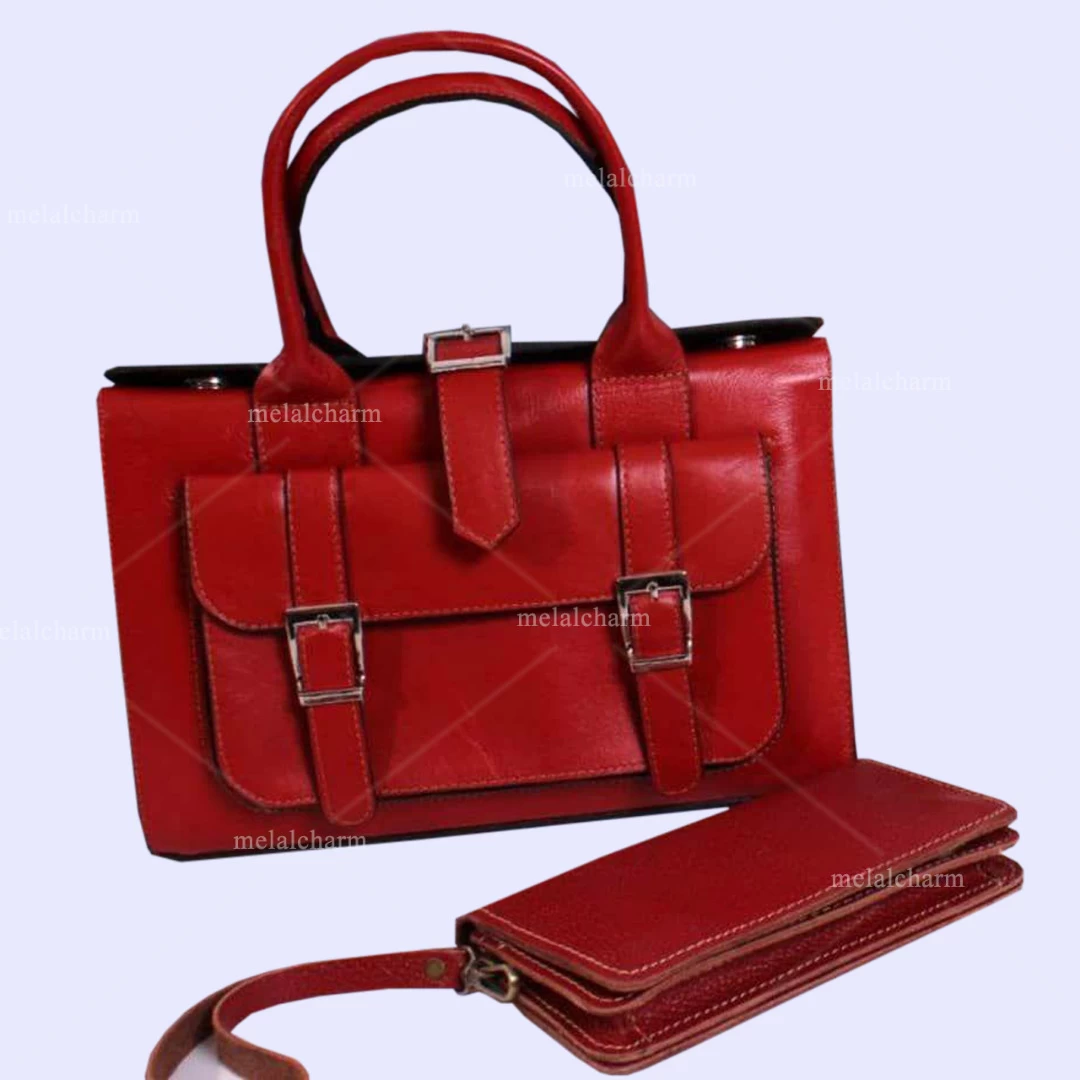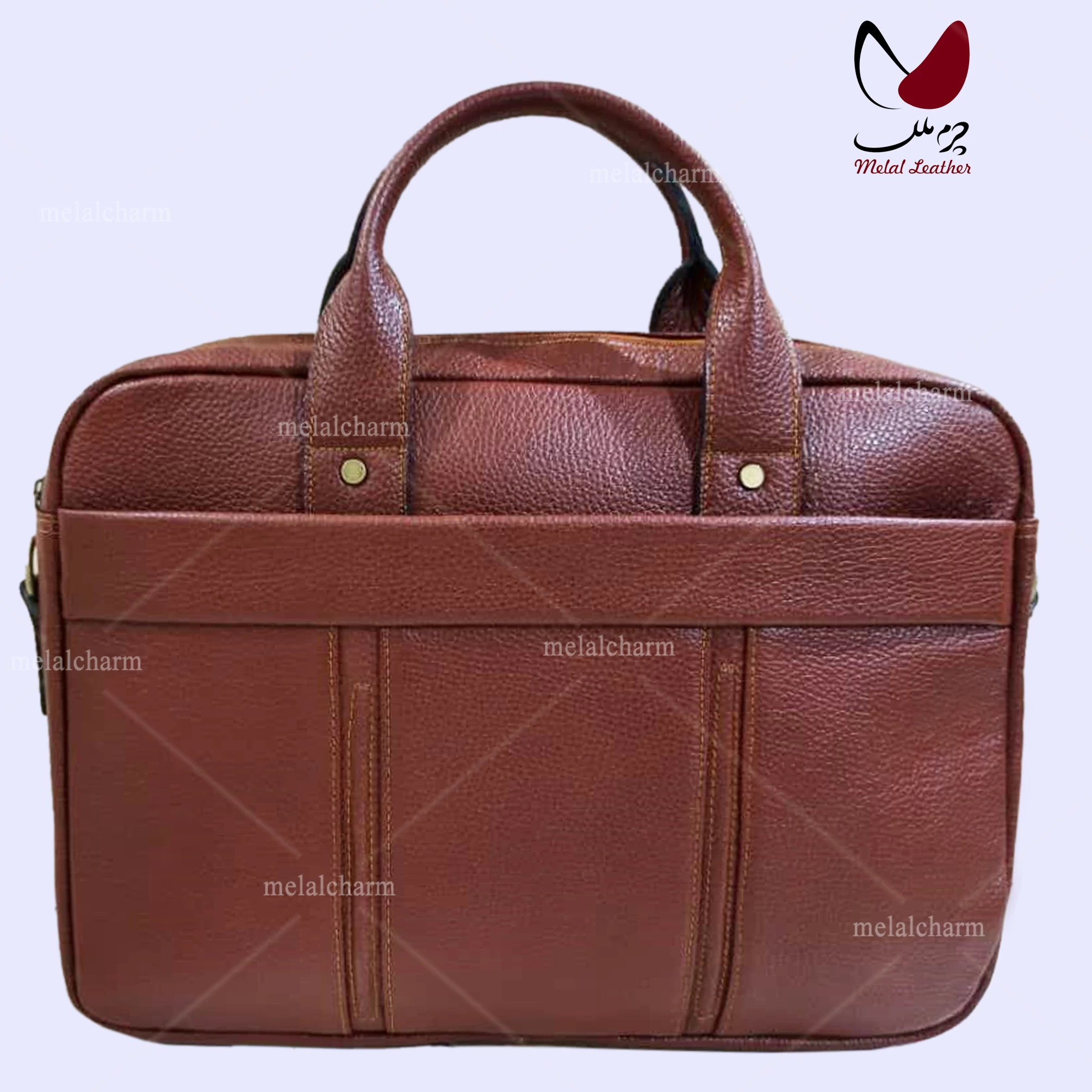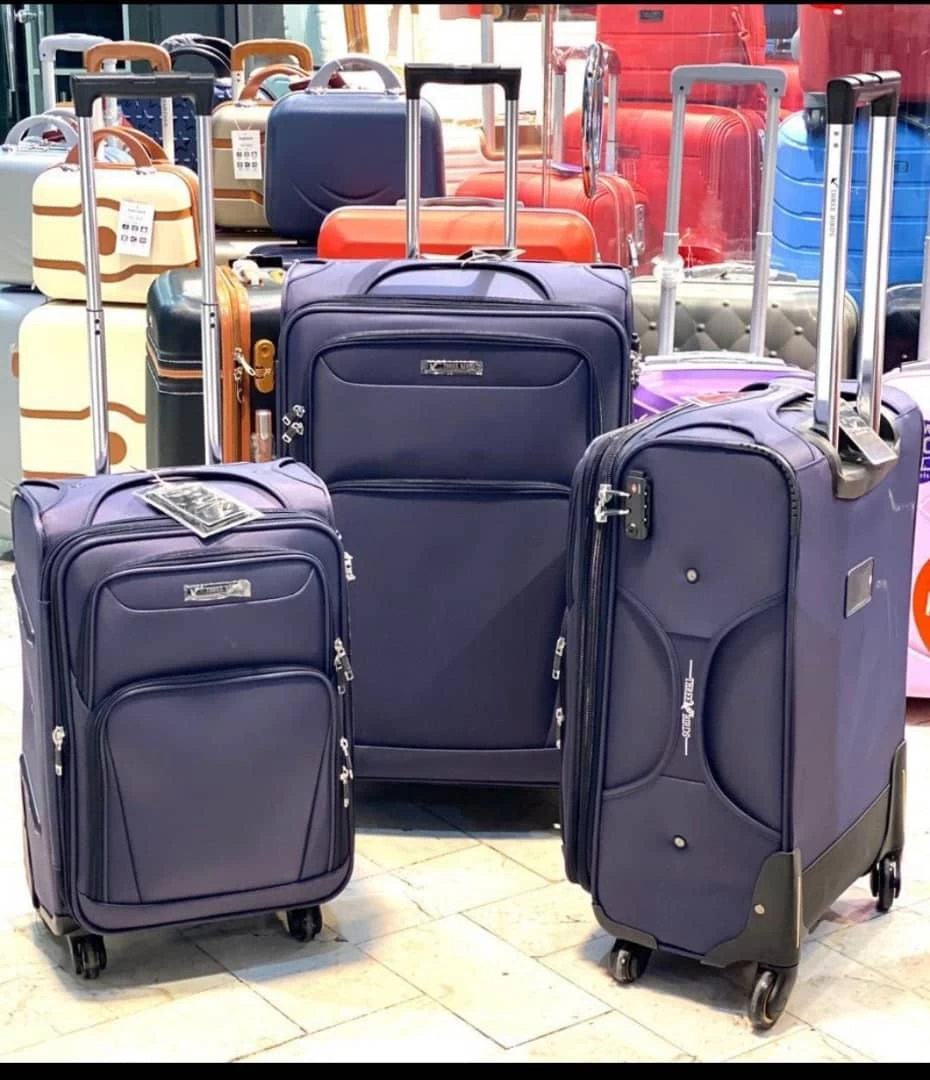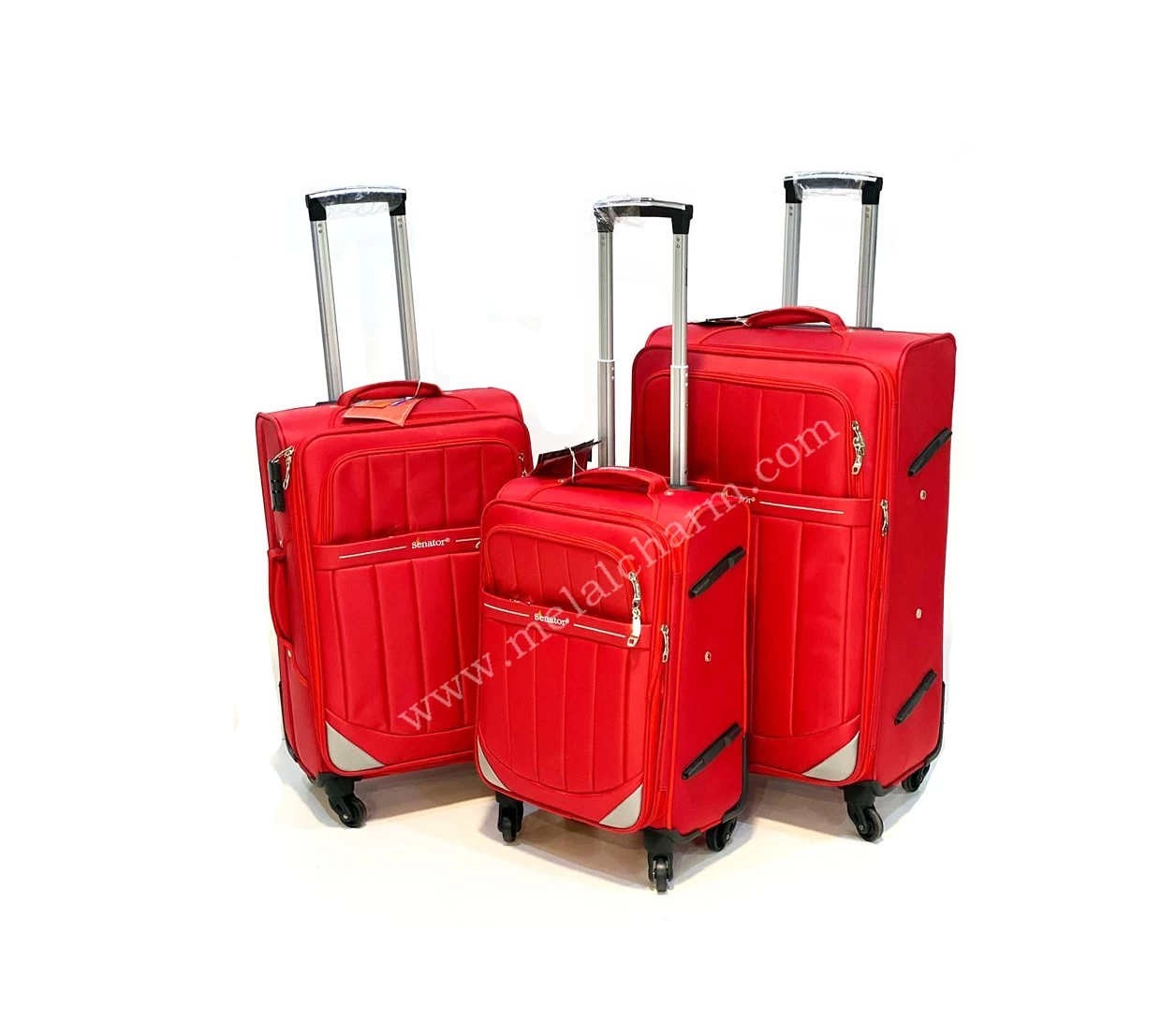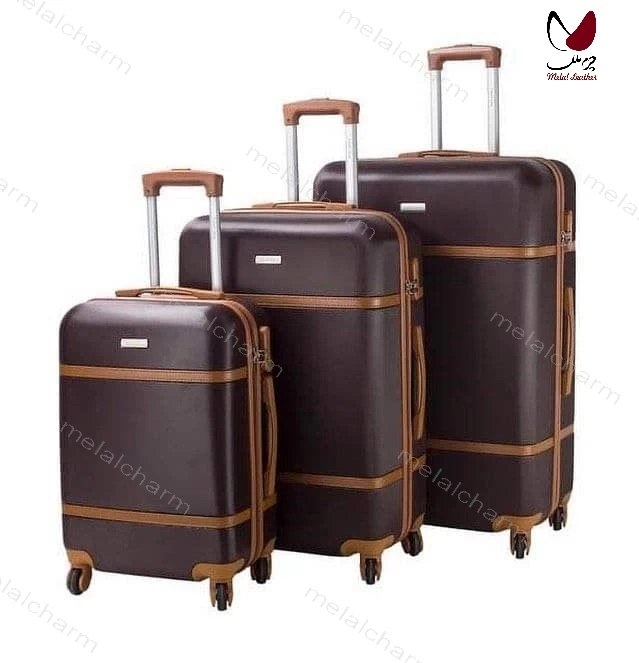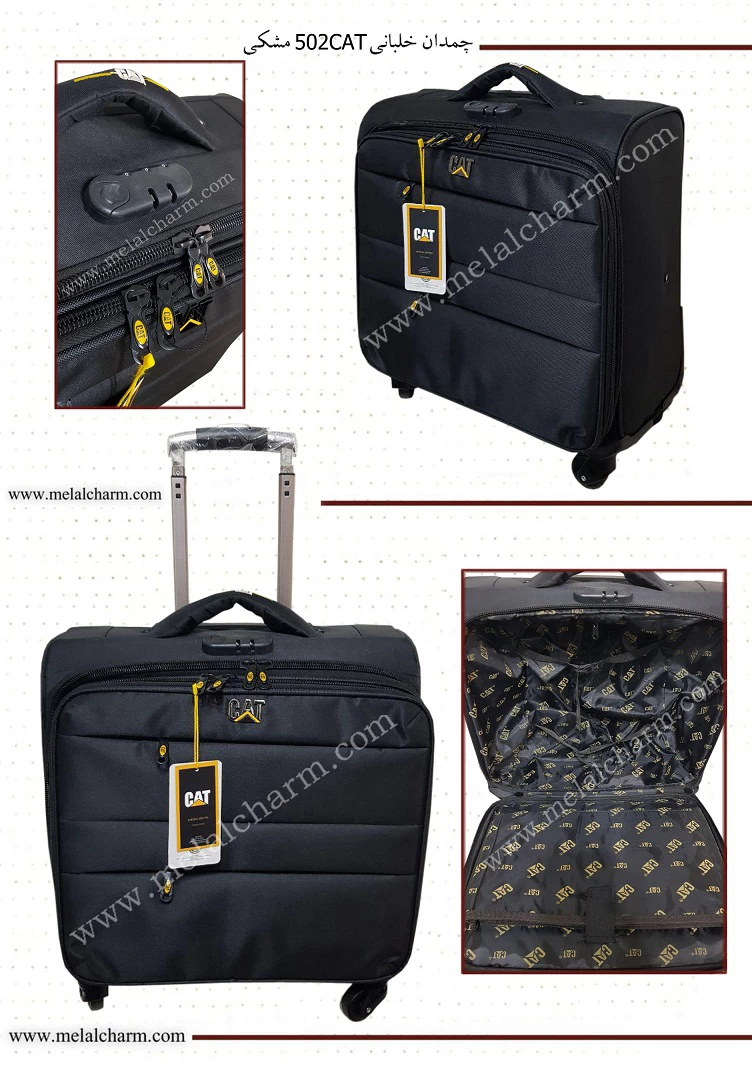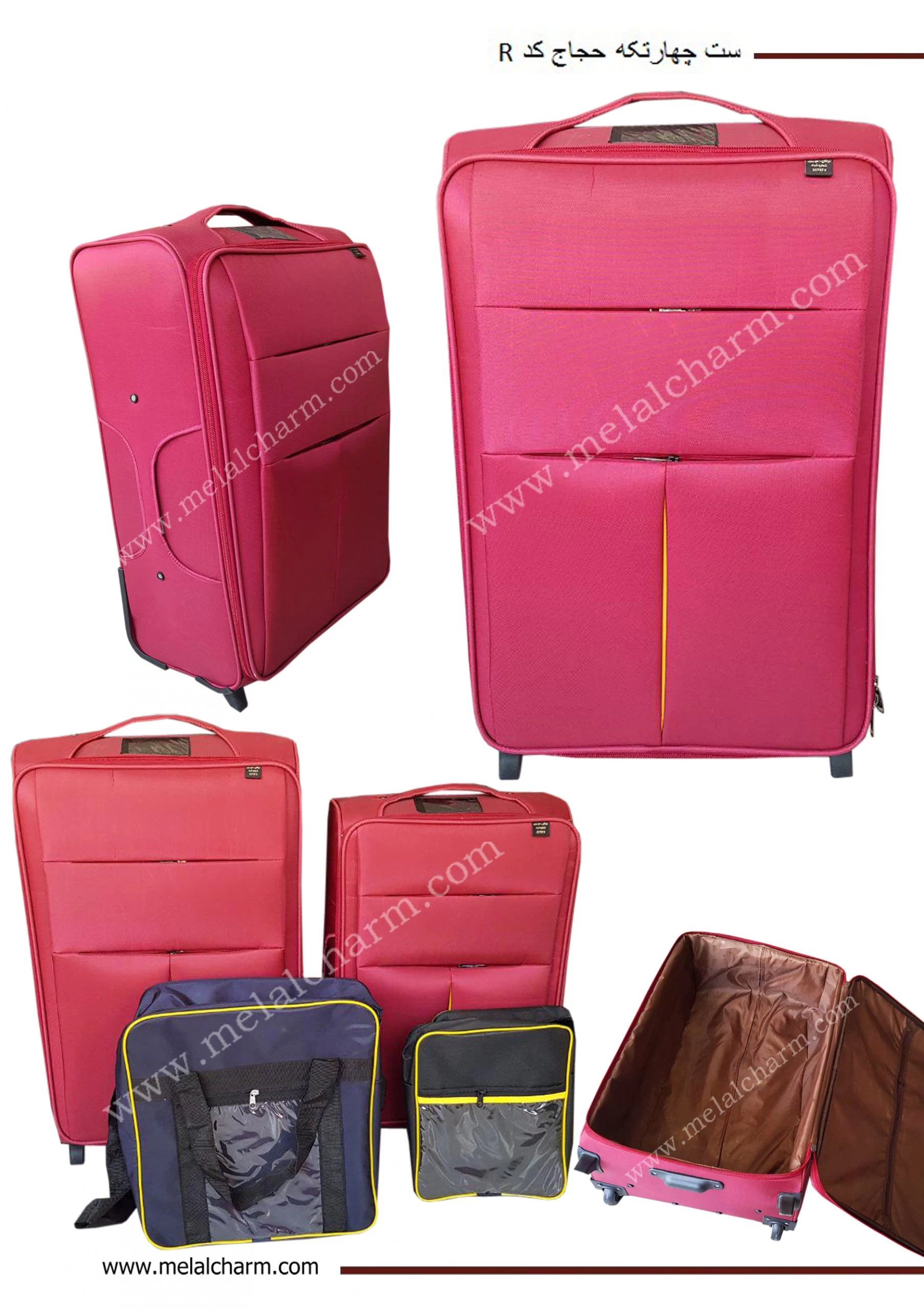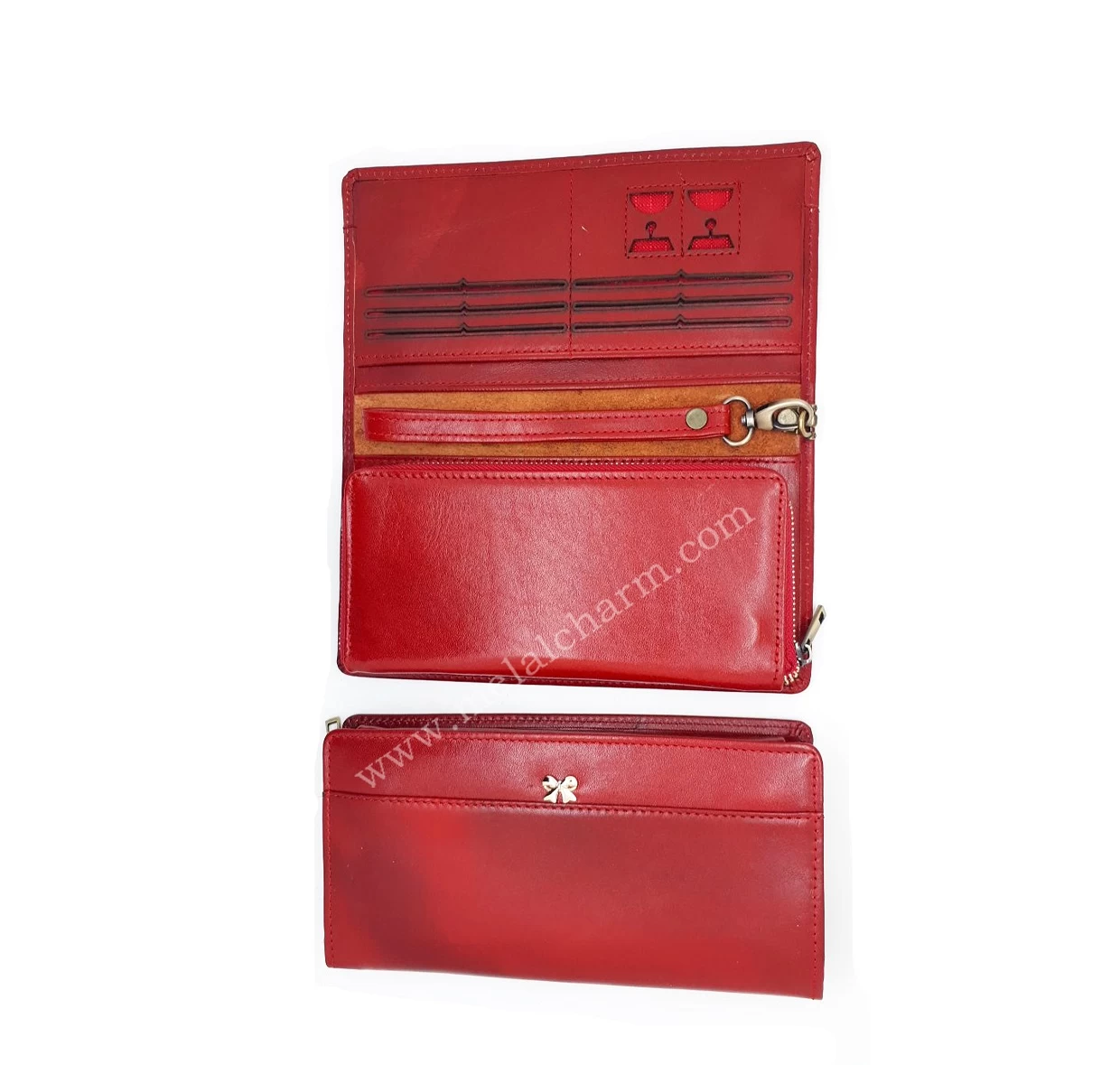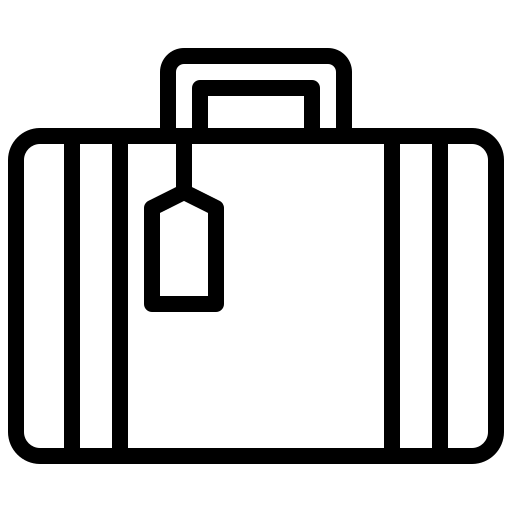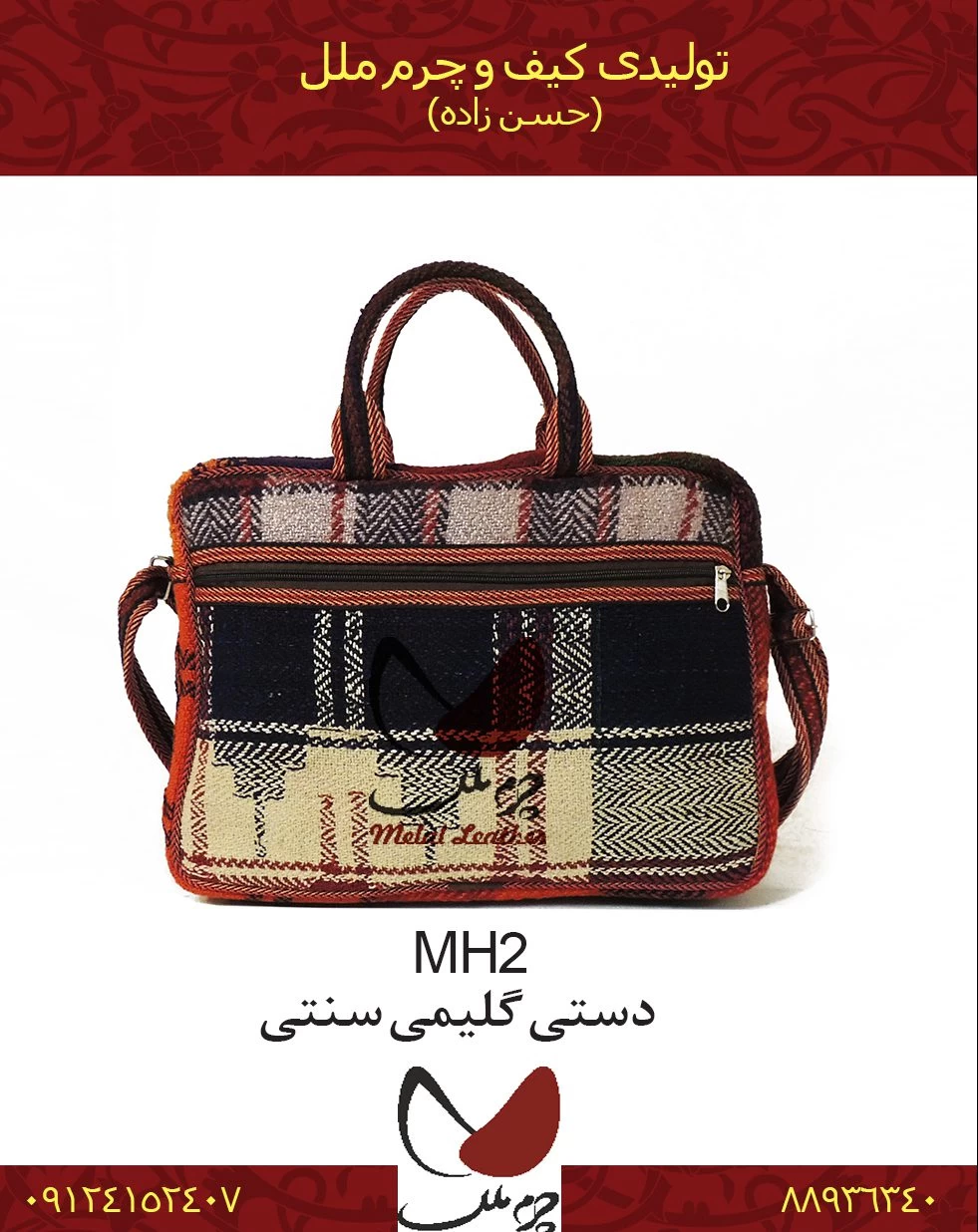Luggage, Bags & Cases
Luggage refers to the bags, suitcases, or containers used for carrying personal belongings, clothing, and other items during travel. Luggage comes in various shapes, sizes, and styles, designed to accommodate the needs of travelers for different types of trips. It often includes features such as handles, wheels, compartments, and locks to facilitate ease of use and secure storage. Choosing the right luggage depends on factors like the duration of the trip, the type of travel, and personal preferences.
"Bags" is a general term that refers to containers with an opening at the top that can be closed, usually with handles or straps for carrying. Bags come in various shapes, sizes, and materials, serving different purposes based on design and functionality. Common types of bags include:
1. Tote Bags: Simple, open bags with parallel handles, often used for carrying everyday items.
2. Backpacks: Bags worn on the back with two straps over the shoulders, suitable for carrying heavier loads.
3. Handbags/Purses: Small or medium-sized bags, typically carried by hand or over the shoulder, used for personal items.
4. Messenger Bags: Single-strap bags worn across the body, suitable for carrying documents or laptops.
5. Duffel Bags: Large cylindrical bags with a zipper closure, commonly used for travel or sports equipment.
6. Clutches: Small, handheld bags often used for evening events or special occasions.
7. Briefcases: Professional-looking bags with a handle, used for carrying documents, laptops, or business-related items.
8. Luggage: Large, sturdy bags designed for transporting clothing and personal items during travel.
9. Shopping Bags: Typically made of paper or plastic, used for carrying purchased items.
10. Cross body Bags: Bags with a long strap designed to be worn across the body, offering hands-free convenience.
Bags serve a wide range of purposes, from practical everyday use to specific activities like travel, work, or fashion. The design and features of a bag often depend on its intended function.
A backpack is a type of bag that is carried on the back and is supported by two straps that go over the shoulders. It is a popular and versatile form of luggage, commonly used for various purposes such as carrying personal items, school supplies, or outdoor gear. Backpacks typically have multiple compartments for organization and can vary in size, style, and design to suit different needs, from everyday use to specialized activities like hiking or travel. They offer a hands-free way to carry belongings, distributing the weight evenly across the shoulders and back.
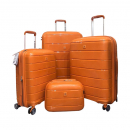
Shopping bags are containers designed for carrying purchased items, typically acquired during shopping trips. They come in various shapes, sizes, and materials, and may be provided by retailers or brought by shoppers for their convenience. Common types of shopping bags include:
1. Plastic Bags: Lightweight and often provided by retailers, plastic bags are commonly used for carrying groceries and other goods.
2. Paper Bags: Environmentally friendly and recyclable, paper bags are often used in retail for carrying items.
3. Reusable Bags: Sturdy, fabric or non-woven bags designed for multiple uses, reducing the need for disposable options.
4. Tote Bags: Durable, open bags with parallel handles, suitable for various shopping and carrying purposes.
Shopping bags play a practical role in transporting goods from stores to homes, and their design can vary based on the type of store, local regulations, and environmental considerations.
A briefcase is a professional-looking, rectangular-shaped bag with a handle, often used for carrying documents, laptops, and other business-related items. Briefcases typically feature a hinged opening at the top, allowing easy access to the contents. They are designed to provide organization and protection for important documents and electronic devices, making them a practical accessory for professionals in various fields.
Paper bags are containers made from paper, typically designed for carrying items such as groceries, retail purchases, or other goods. They come in various sizes and styles and are often chosen for their environmentally friendly and recyclable nature. Key features of paper bags include:
1. Biodegradability: Paper bags are made from natural fibers and decompose more easily than plastic bags, reducing environmental impact.
2. Recyclability: Many paper bags are recyclable, contributing to sustainability efforts and reducing waste.
3. Strength and Durability: Depending on the thickness of the paper, these bags can be sturdy and capable of carrying various items.
4. Customizable: Paper bags can be easily customized with printing or branding, making them popular for retail use.
Paper bags have gained popularity as an alternative to plastic bags, especially in regions aiming to reduce single-use plastic usage and promote eco-friendly practices.
Bags serve a variety of purposes and are used for different functions based on their design, features, and materials. Here are common uses of bags:
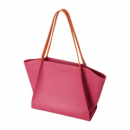
1. Everyday Carry: Small bags like purses, handbags, or small backpacks are used for carrying personal items like wallets, keys, and makeup on a daily basis.
2. Shopping: Bags, such as tote bags, paper bags, and reusable bags, are used for carrying purchased items during shopping trips.
3. Travel: Luggage, suitcases, and backpacks are designed for transporting clothing and personal items during travel.
4. Work or Business: Briefcases and laptop bags are used to carry documents, laptops, and other professional items for work-related purposes.
5. School: Backpacks and messenger bags are commonly used by students to carry books, notebooks, and other school supplies.
6. Outdoor Activities: Specialized backpacks, duffel bags, and sports bags are used for activities like hiking, camping, or sports, providing space for equipment and gear.
7. Fashion: Bags are often used as fashion accessories, complementing outfits and adding a stylish element to one's appearance.
8. Storage: Large bags or totes can be used for storage purposes, whether it's organizing items at home or transporting goods.
9. Promotional Items: Tote bags and other types of bags are often used as promotional items, displaying logos or messages for marketing purposes.
10. Gift Giving: Bags are commonly used for presenting gifts, adding an element of presentation and convenience to the gift-giving process.
The usage of bags is diverse, and the type of bag chosen often depends on the specific needs of the individual or the purpose for which it is intended.
"Bags" is a general term that refers to containers with an opening at the top that can be closed, usually with handles or straps for carrying. Bags come in various shapes, sizes, and materials, serving different purposes based on design and functionality. Common types of bags include:
2. Backpacks: Bags worn on the back with two straps over the shoulders, suitable for carrying heavier loads.
3. Handbags/Purses: Small or medium-sized bags, typically carried by hand or over the shoulder, used for personal items.
4. Messenger Bags: Single-strap bags worn across the body, suitable for carrying documents or laptops.
5. Duffel Bags: Large cylindrical bags with a zipper closure, commonly used for travel or sports equipment.
6. Clutches: Small, handheld bags often used for evening events or special occasions.
7. Briefcases: Professional-looking bags with a handle, used for carrying documents, laptops, or business-related items.
8. Luggage: Large, sturdy bags designed for transporting clothing and personal items during travel.
9. Shopping Bags: Typically made of paper or plastic, used for carrying purchased items.
10. Cross body Bags: Bags with a long strap designed to be worn across the body, offering hands-free convenience.
A backpack is a type of bag that is carried on the back and is supported by two straps that go over the shoulders. It is a popular and versatile form of luggage, commonly used for various purposes such as carrying personal items, school supplies, or outdoor gear. Backpacks typically have multiple compartments for organization and can vary in size, style, and design to suit different needs, from everyday use to specialized activities like hiking or travel. They offer a hands-free way to carry belongings, distributing the weight evenly across the shoulders and back.

2. Paper Bags: Environmentally friendly and recyclable, paper bags are often used in retail for carrying items.
3. Reusable Bags: Sturdy, fabric or non-woven bags designed for multiple uses, reducing the need for disposable options.
4. Tote Bags: Durable, open bags with parallel handles, suitable for various shopping and carrying purposes.
Shopping bags play a practical role in transporting goods from stores to homes, and their design can vary based on the type of store, local regulations, and environmental considerations.
A briefcase is a professional-looking, rectangular-shaped bag with a handle, often used for carrying documents, laptops, and other business-related items. Briefcases typically feature a hinged opening at the top, allowing easy access to the contents. They are designed to provide organization and protection for important documents and electronic devices, making them a practical accessory for professionals in various fields.
Paper bags are containers made from paper, typically designed for carrying items such as groceries, retail purchases, or other goods. They come in various sizes and styles and are often chosen for their environmentally friendly and recyclable nature. Key features of paper bags include:
2. Recyclability: Many paper bags are recyclable, contributing to sustainability efforts and reducing waste.
3. Strength and Durability: Depending on the thickness of the paper, these bags can be sturdy and capable of carrying various items.
4. Customizable: Paper bags can be easily customized with printing or branding, making them popular for retail use.
Paper bags have gained popularity as an alternative to plastic bags, especially in regions aiming to reduce single-use plastic usage and promote eco-friendly practices.
Bags serve a variety of purposes and are used for different functions based on their design, features, and materials. Here are common uses of bags:

2. Shopping: Bags, such as tote bags, paper bags, and reusable bags, are used for carrying purchased items during shopping trips.
3. Travel: Luggage, suitcases, and backpacks are designed for transporting clothing and personal items during travel.
4. Work or Business: Briefcases and laptop bags are used to carry documents, laptops, and other professional items for work-related purposes.
5. School: Backpacks and messenger bags are commonly used by students to carry books, notebooks, and other school supplies.
6. Outdoor Activities: Specialized backpacks, duffel bags, and sports bags are used for activities like hiking, camping, or sports, providing space for equipment and gear.
7. Fashion: Bags are often used as fashion accessories, complementing outfits and adding a stylish element to one's appearance.
8. Storage: Large bags or totes can be used for storage purposes, whether it's organizing items at home or transporting goods.
9. Promotional Items: Tote bags and other types of bags are often used as promotional items, displaying logos or messages for marketing purposes.
10. Gift Giving: Bags are commonly used for presenting gifts, adding an element of presentation and convenience to the gift-giving process.
The usage of bags is diverse, and the type of bag chosen often depends on the specific needs of the individual or the purpose for which it is intended.
FAQs
What does Luggage include?
It often includes features such as handles, wheels, compartments, and locks to facilitate ease of use and secure storage.
What are the uses of bags?
Bags serve a wide range of purposes, from practical everyday use to specific activities like travel, work, or fashion
What are plastic bags?
Lightweight and often provided by retailers, plastic bags are commonly used for carrying groceries and other goods.
What does the design and features of a bag depend on?
The design and features of a bag often depend on its intended function.
 +7929688-88-14
+7929688-88-14

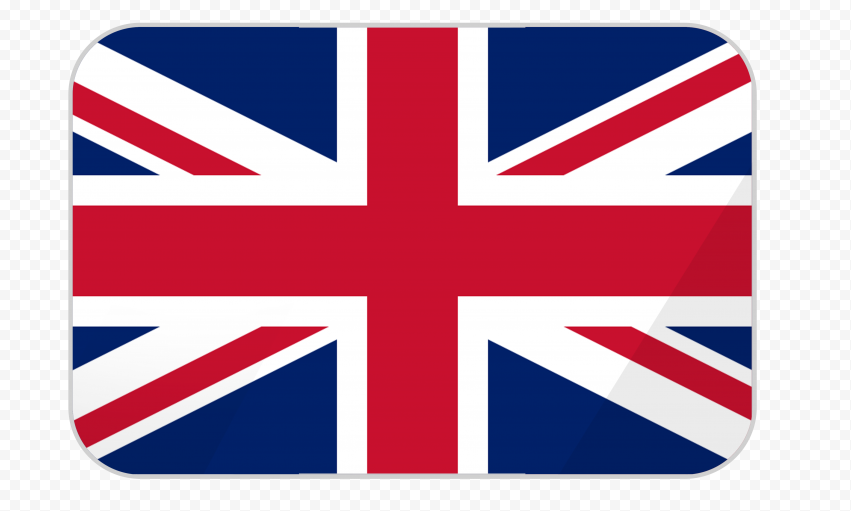 English
English
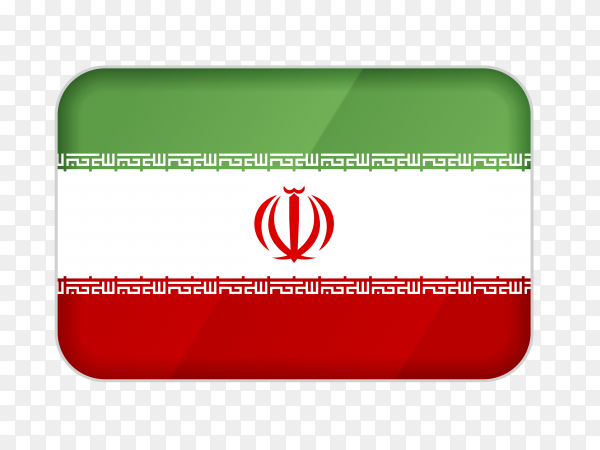 Persian
Persian
 Russian
Russian
 Chinese
Chinese


 +7929688-88-14
+7929688-88-14

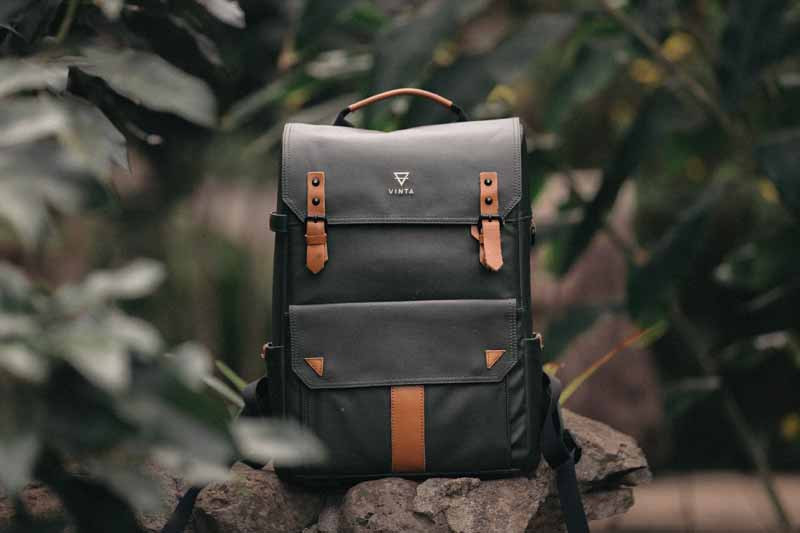
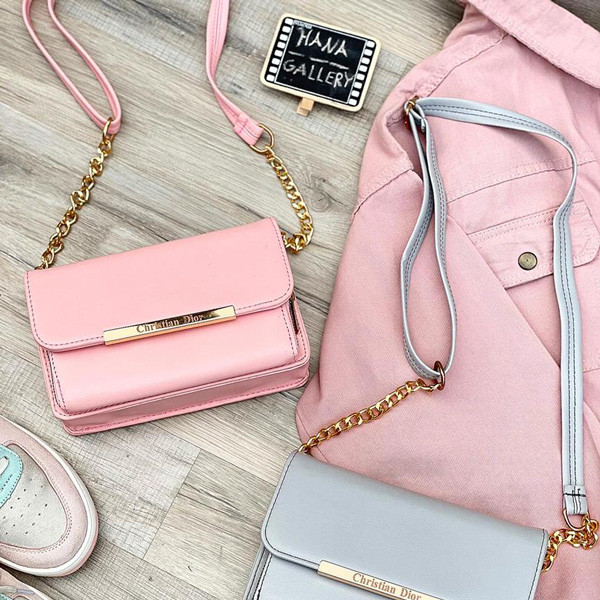
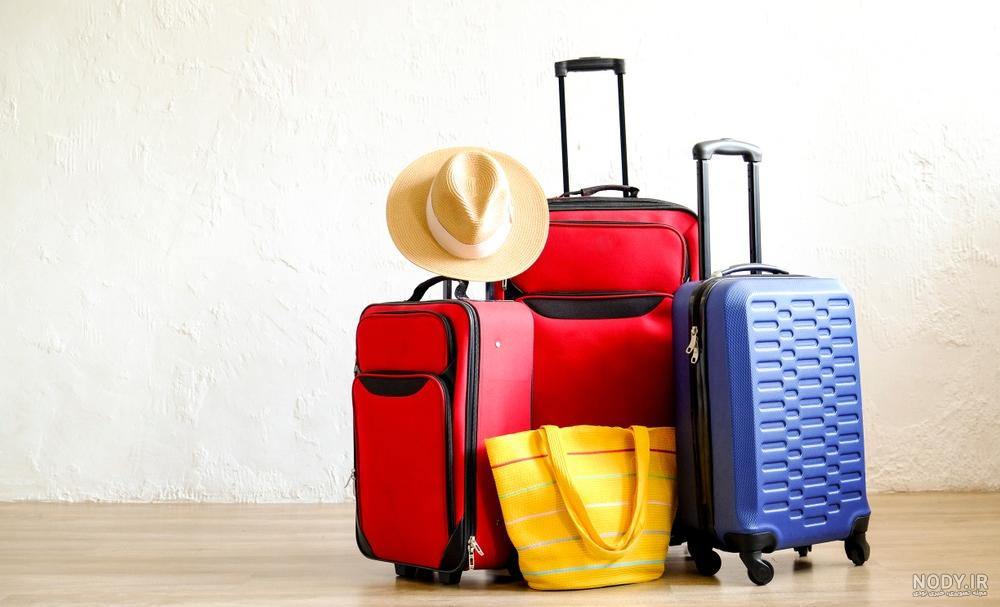
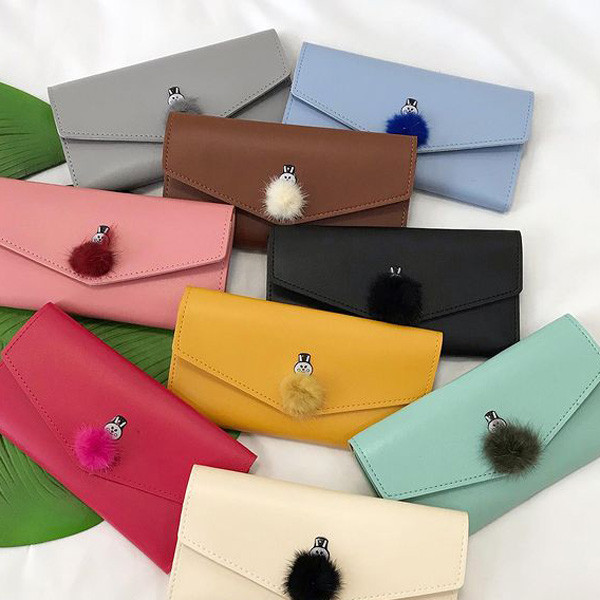
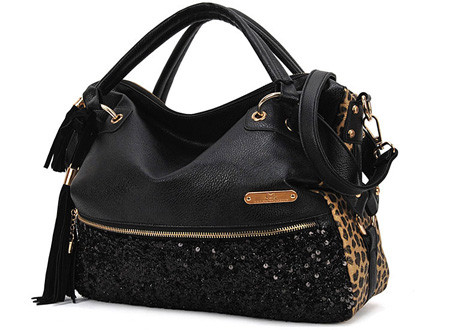
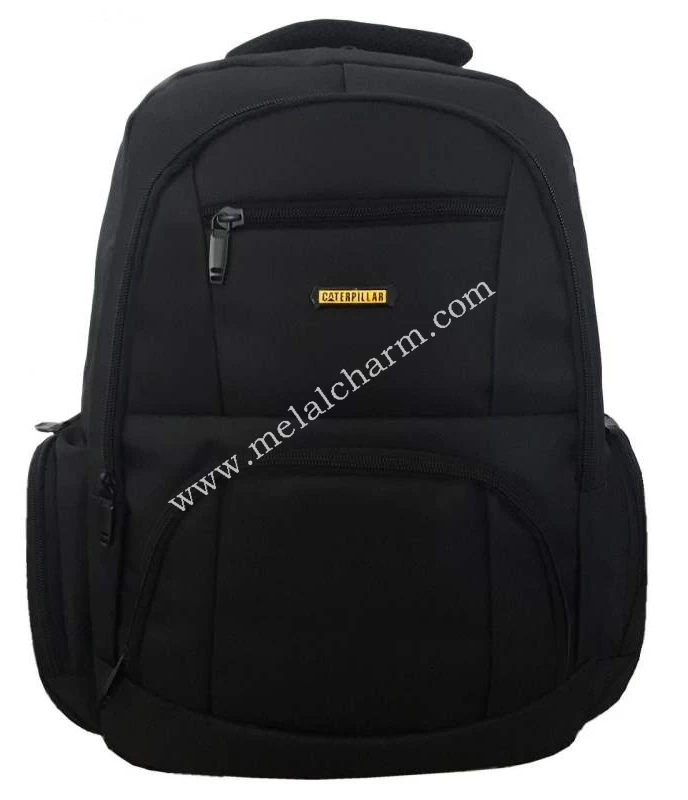
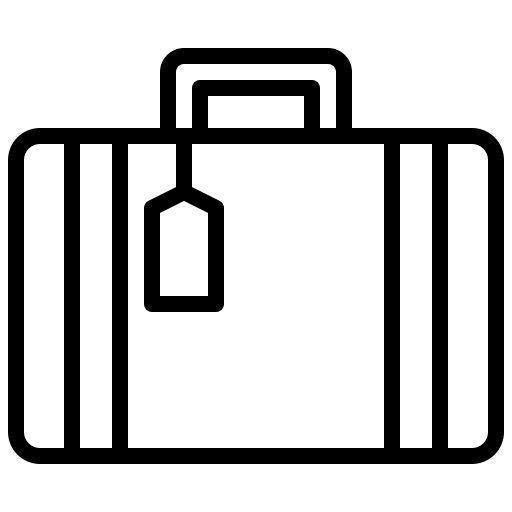
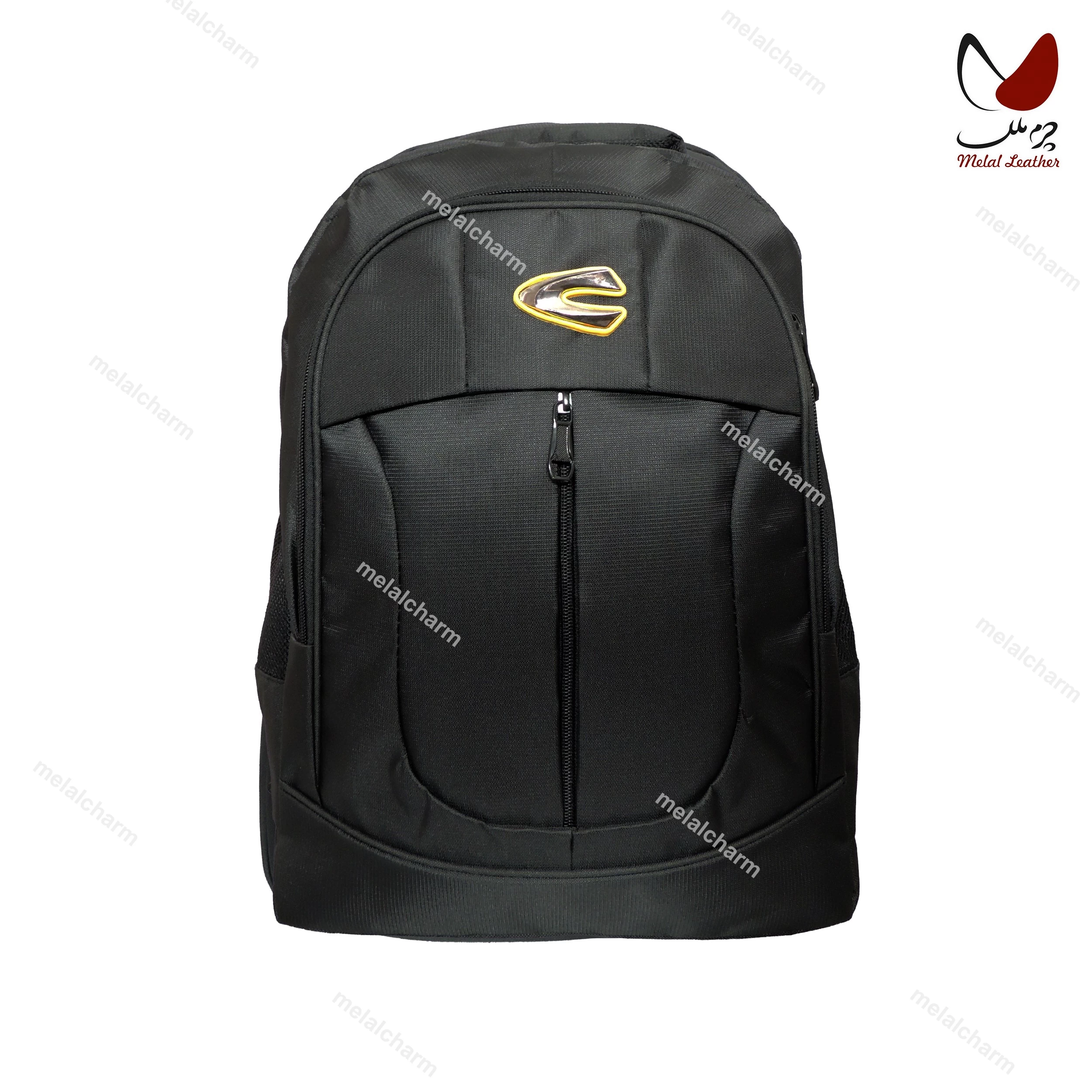
.webp)


